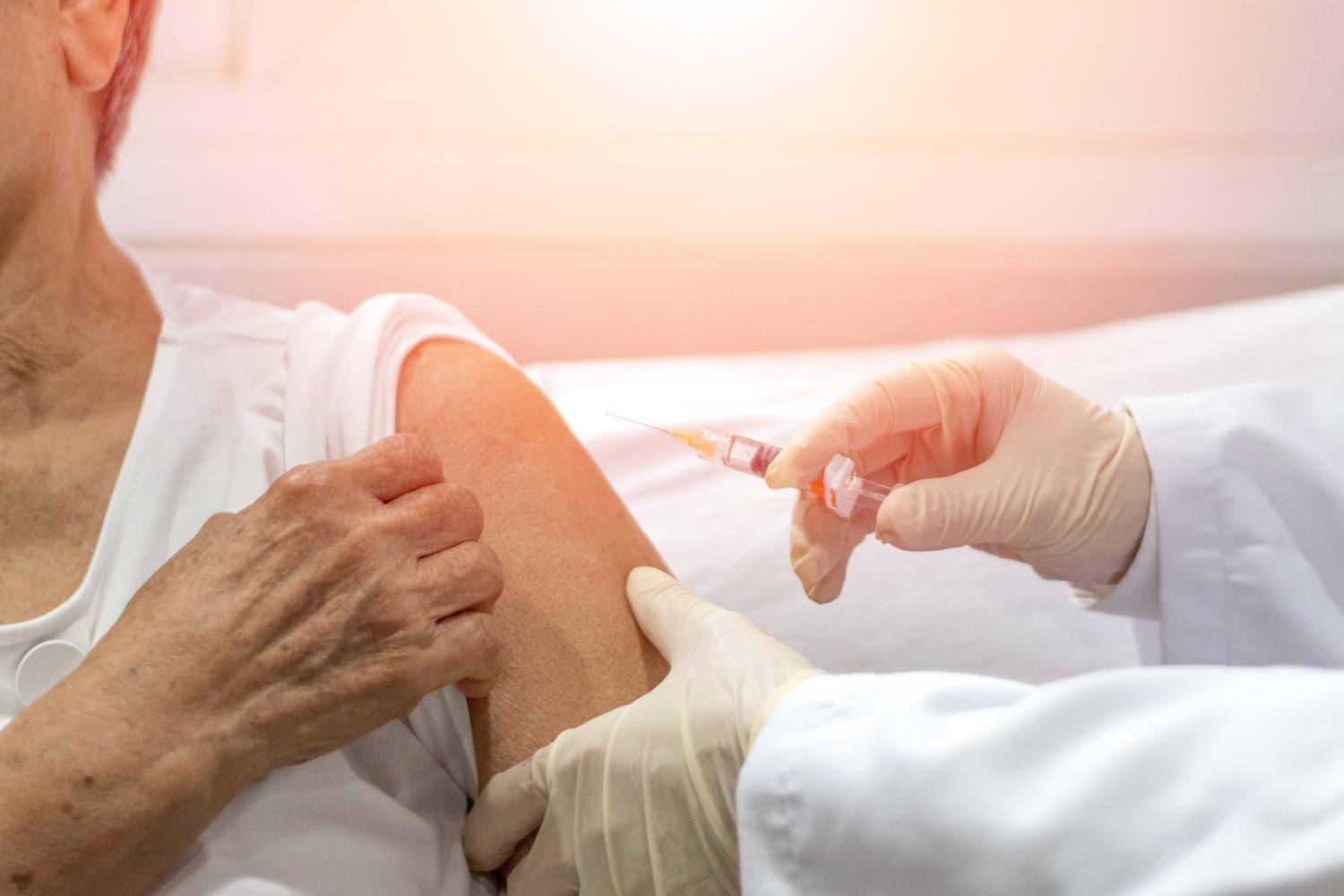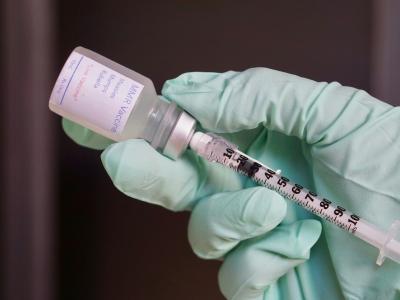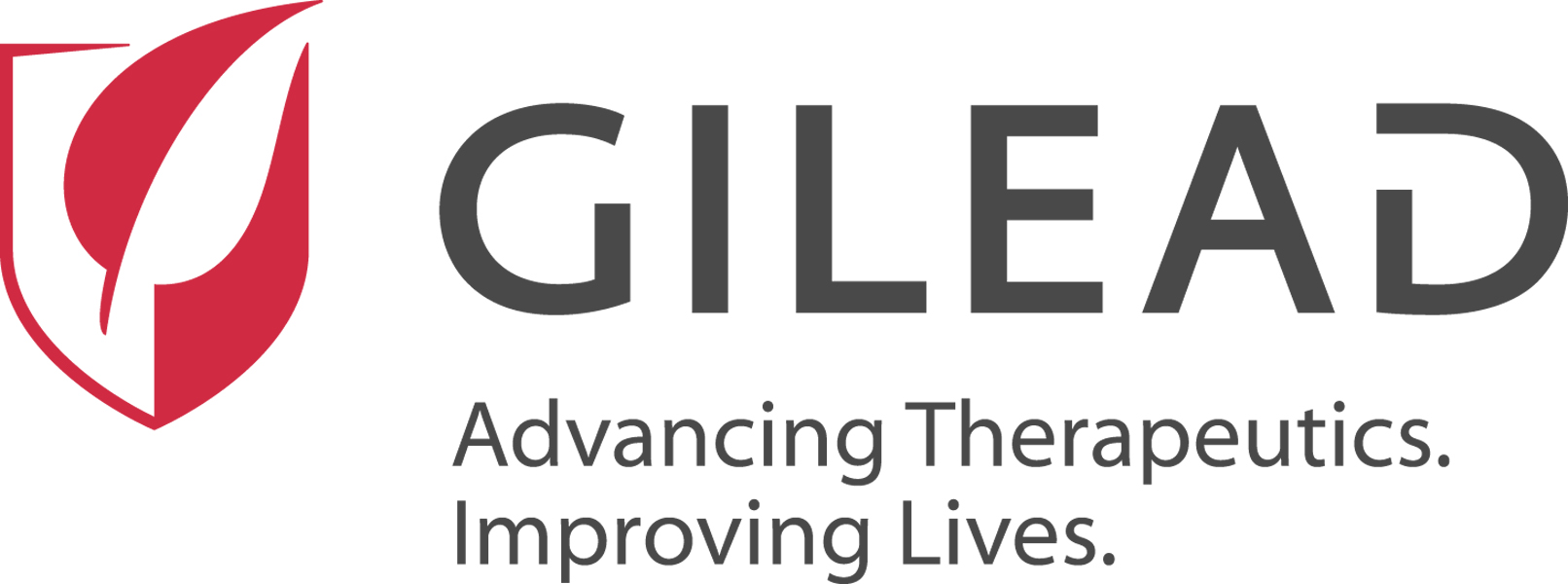Today in JAMA Network Open, University of Michigan-led research suggests that the US 2023-24 mRNA COVID-19 vaccines were cost-effective for people older than 65 years and in certain situations for younger adults.
The analysis of the first 2 phases of ongoing research was based on simulations of primary and published data to compare outcomes and healthcare use among hypothetical adults with healthy immune systems immunized or not immunized with one of two mRNA COVID-19 vaccines in the 2023-24 season. They also evaluated a strategy that included a second dose of the vaccine given 6 months later.
Costs included direct medical costs tied to a symptomatic COVID-19 infection that led to an outpatient visit or hospitalization, the time costs of obtaining healthcare services, and productivity losses due to illness or vaccination-related adverse events. Estimated vaccination costs included direct costs of an updated mRNA vaccine dose, administration, and recipient time costs.
"Evidence is needed on the economic favorability of a 2023-2024 COVID-19 vaccination program to support policy decisions on recommendations for COVID-19 vaccination," the study authors wrote. "A second phase of the study was conducted in February 2024 to inform ACIP recommendations for an additional midyear dose by evaluating the incremental health benefits and cost-effectiveness of a second dose of a 2023-2024 COVID-19 mRNA vaccine for US adults."
Second dose cost-effective only for high-risk seniors
Hospital admissions prevented by vaccination ranged from 39 per 100,000 adults aged 18 to 49 years to 391 per 100,000 for those 65 or older. Deaths averted with vaccination ranged from 1.4 per 100,000 for participants aged 18 to 49 years to 43.4 per 100,000 for those 65 years or older.
Projected infections prevented were similar across age-groups, ranging from 7,642 to 8,982 per 100,000. For adults aged 18 to 49 and 50 to 64 years, vaccination yielded incremental cost-effectiveness ratios (ICERs) of $115,588 and $25,787 per quality-adjusted life-year (QALY) gained, respectively.
Vaccination was cost saving for participants aged 65 years and older. In phase 2 analyses, an additional dose was cost-effective only for high-risk seniors, yielding ICERs of no more than $127,105 per QALY gained per dose costing $50 or less.
Vaccination for all may be cost-effective
One-way sensitivity analyses across all parameters were most sensitive to the cost per vaccine dose, vaccine effectiveness, and odds of hospitalization, with variation in these parameters yielding ICERs of more than $150,000 per QALY among participants aged 18 to 49. Analyses for older ages were robust to changes in the parameters, yielding ICERs from cost saving to $83,902 per QALY.
As the evidence base for COVID-19 vaccination and burden of illness rapidly evolve, it will be important to continue to update and revise the economic evaluation of vaccination against COVID-19.
"Setting VE against all end points to all upper or all lower bounds yielded ratios ranging from $45,376 to $435,886 per QALY gained for individuals aged 18 to 49 years, from cost saving to $199,830 per QALY gained for those aged 50 to 64 years, and from cost saving to $51,782 per QALY gained for those aged 65 years or older," the researchers wrote.
Varying the probability of symptomatic illness from 50% to 10% was influential for adults aged 18 to 49 years but produced smaller changes for those aged 50 to 64 and 65 or older. Increasing the odds of hospitalization from 2 to 4 times the base case as a rough proxy for high risk yielded substantially more favorable ICERs for all age-groups.
The results suggest that vaccination with an updated 2023-24 COVID-19 mRNA vaccine for all US adults may be attractive not only for its expected health gains but also for its economic benefits, the researchers noted.
"As the evidence base for COVID-19 vaccination and burden of illness rapidly evolve, it will be important to continue to update and revise the economic evaluation of vaccination against COVID-19," they wrote. "In particular, higher-quality data are needed to assess vaccine safety and effectiveness and to estimate the burden of disease for pediatric and adolescent age groups. Understanding the health effects and costs of long COVID also requires further investigation."



















